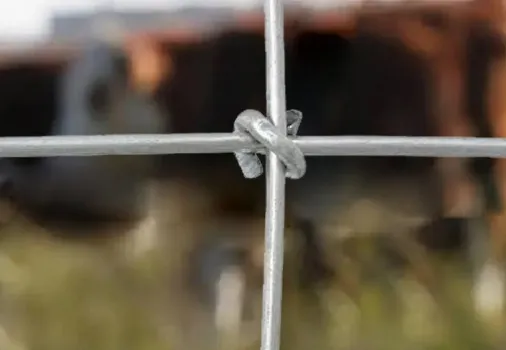Nov . 18, 2024 21:09 Back to list
installing stock fencing
Installing Stock Fencing A Comprehensive Guide
Stock fencing is an essential component for anyone involved in farming or livestock management. It provides a secure boundary for animals, keeping them safe from predators and preventing them from wandering off into unwanted areas. Installing stock fencing may seem like a daunting task, but with the right tools, materials, and techniques, it can be done effectively and efficiently. Here’s a comprehensive guide to help you through the process.
Planning Your Fencing
Before diving into the installation, it’s critical to plan your fencing layout. Determine the area you want to enclose and consider the type of livestock you are managing. Different animals may require different types of fencing. For instance, cattle may require more robust fencing compared to sheep, which can often be contained by lighter materials. Consider also the terrain and environmental factors like streams or steep hills that could affect your fencing choice.
Selecting Materials
The materials you choose will significantly impact the strength and longevity of your stock fencing. Typically, stock fencing consists of wooden or metal posts, wire strands, and fencing clips. Wooden posts are more traditional and can blend nicely with rural landscapes, while metal posts offer durability and resistance to bending.
The wire used in stock fencing can vary in thickness and type. Barbed wire is commonly used for larger animals, while plain wire may be sufficient for smaller livestock. Ensure you choose high-quality materials that are suited to your specific needs.
Tools Required
Gather the necessary tools before starting your installation
. You will need1. Post Hole Digger To create holes for your posts. 2. Level To ensure your posts are straight and properly aligned. 3. Wire Cutters For cutting the fencing wire to the required lengths. 4. Tensioning Tool To stretch the wire tightly between posts. 5. Hammer or Sledgehammer To drive the posts into the ground. 6. Measuring Tape To accurately measure the distance between fence posts.
installing stock fencing

Installation Steps
1. Mark the Line Use stakes and string to outline the area where the fence will be installed. This will help you visualize the layout and ensure everything is straight.
2. Set the Posts Dig holes for your corner and end posts first, spacing them about 8 to 12 feet apart. Ensure that the posts are at least one-third of their length buried in the ground for stability. Use a level to verify that each post is vertical.
3. Install Intermediate Posts Continue with the intermediate posts along the length of your fence. If your fence is especially high or you expect strong tension from the wire, you might want to add more posts for additional support.
4. Attach the Wire Once all the posts are installed, begin attaching the fencing wire. Start at one corner post and work your way around, using a tensioning tool to ensure the wire is taut. Secure the wire with fencing clips or ties to hold it in place.
5. Finishing Touches Inspect the fence for any loose areas or potential weaknesses. Make adjustments as necessary. Once satisfied with your installation, turn your attention to any gateways or access points, ensuring they are also secured and easily operable.
Regular Maintenance
After your stock fencing is installed, regular maintenance will help prolong its life and effectiveness. Inspect the fence periodically to check for damage, and tighten any loose wires as needed. Keeping the area around the fence clear of brush and debris will also help prevent wear and tear.
In conclusion, installing stock fencing is a manageable project with the right preparation and execution. It will not only protect your livestock but also enhance the aesthetic appeal of your property. By following this guide, you can ensure your stock fencing serves its purpose for many years to come.
-
Reinforcing Mesh: Core Material of the Construction Industry
NewsJul.07,2025
-
Welded Wire Fabric Reinvented for Modern Projects
NewsJul.04,2025
-
Superiority of Stainless Steel Woven Mesh
NewsJul.04,2025
-
Key Types of Razor Wire and Their Applications
NewsJul.04,2025
-
Durable Metal Fence Types for Security
NewsJul.04,2025
-
Best Materials for Livestock Fence
NewsJul.04,2025
products.







